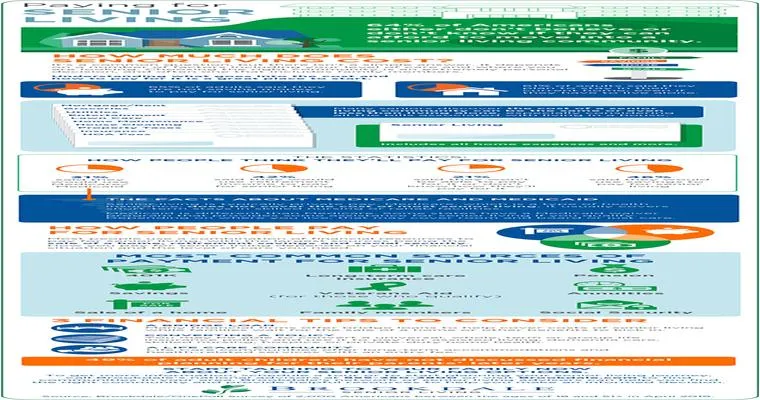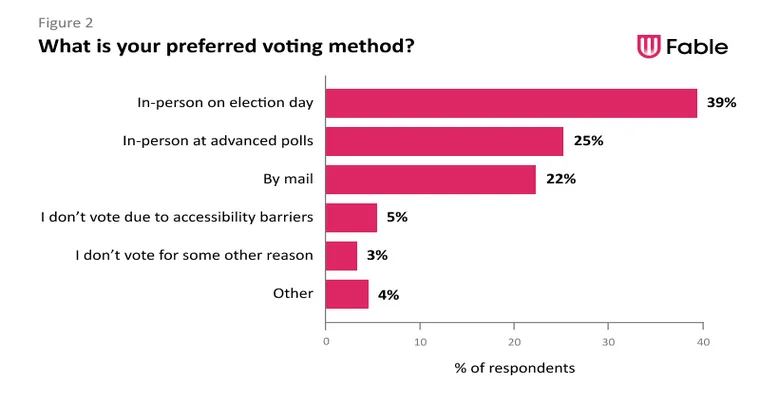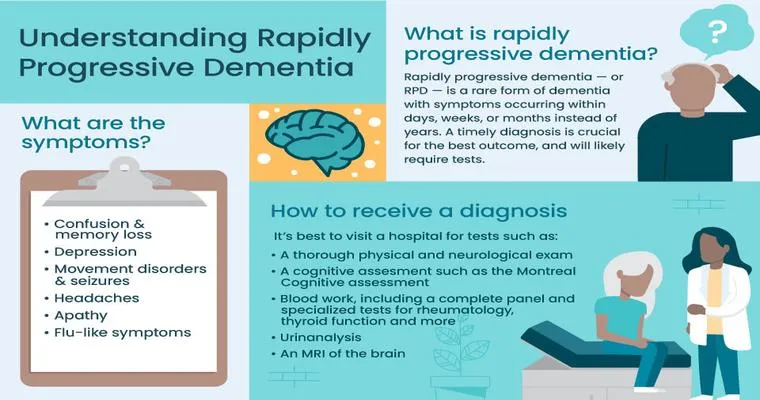As individuals age, many seek "independent living" options that provide a balance of autonomy and support. However, understanding how to pay for independent living can be overwhelming. There are various "financial options" and resources available to help seniors manage the costs associated with maintaining their independence. This article will explore the different avenues you can consider when financing your independent living journey.
One of the most common methods for paying for independent living is through "personal savings". Many seniors rely on their retirement funds, savings accounts, or investments to cover living expenses. It is advisable to create a detailed budget that outlines your projected living costs, which can include rent, utilities, food, and healthcare. By assessing your financial situation, you can determine how long your savings might last and if adjustments are necessary.
Another viable option is "Social Security benefits". Most seniors are eligible for Social Security once they reach retirement age, and these benefits can provide a steady income stream. It is important to review your Social Security statement to understand your benefits and how they can contribute to your monthly living expenses.
For those who have served in the military, "Veterans Affairs (VA) benefits" may be available. The VA offers various programs that assist veterans with long-term care, including independent living arrangements. If you are a veteran or the spouse of a veteran, it is worth investigating what benefits you may qualify for to help cover costs.
If personal savings and Social Security are insufficient, consider exploring "long-term care insurance". This type of insurance can help cover the costs associated with independent living and other care services. It is important to review your policy carefully to understand what services are covered and the extent of the benefits provided.
Additionally, some seniors may qualify for "Medicaid", which can help pay for specific types of long-term care, including assisted living facilities that offer independent living options. Eligibility for Medicaid is based on income and asset limits, so it is crucial to check your qualifications.
Another resource to consider is "community programs". Many local government agencies and non-profit organizations offer financial assistance programs for seniors seeking independent living. These programs might provide grants or subsidies to help lower the cost of housing or healthcare services. Research your local resources to find out what assistance may be available in your area.
Finally, consider the option of "family support". Many families come together to assist their elderly relatives financially. This can be in the form of direct monetary support or help in finding affordable living solutions. Communicating openly with family members about your needs and financial situation can lead to collaborative solutions.
In conclusion, paying for independent living does not have to be a daunting task. By exploring various "financial options", including personal savings, Social Security, VA benefits, long-term care insurance, Medicaid, community programs, and family support, you can find the right solution to suit your needs. It is important to plan ahead and consider all available resources to ensure a comfortable and fulfilling independent living experience.





